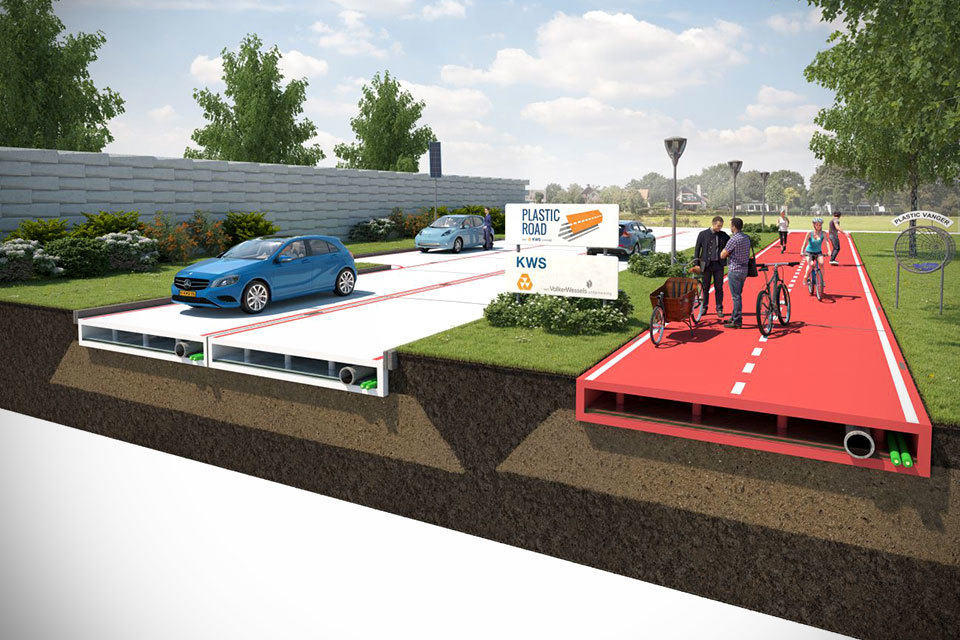Here’s a breakthrough in drone technology developed by Micro Air Vehicle Laboratory (MAVLab) of TU Delft (Delft University of Technology). The scientists at MAVLab has created the world’s smallest autonomous racing drone that measures just 10 cm (3.94″) in diameter and weighs a mere 72g (2.54 oz), and yet capable of navigating itself through an indoor racing course at average speed on par with some of the fastest autonomous racing drones, at 2 m/s (6.6 ft/s).
In fact, it is capable of a top speed of 2.6 m/s (8.5 ft/s). The breakthrough here is how small it is and how it enables navigation using a lone camera and minimal onboard processing as opposed to multiple cameras and sensors found on larger drones of such nature. It uses very efficient algorithms for onboard vision, and state estimation and control to fly itself around a relatively narrow course.
In simple terms, the drone does predicts the course first which is then subsequently corrected by means of visual localization when the gate is in sight. Though as fast as current autonomous racing drones, the ultimate goal is to achieve speeds attained by expert human drone racers. Now, you may asking, why a university is devoting its time and money to develop a technology for e-sport? Well, it is not quite solely for the benefit of e-sport.
By discovering how a typical quad rotor drone can fly faster, it will allow a drone to cover more area and this could be highly advantageous for applications like search and rescue and package delivery. At the end of the day, light weight and cheap solutions will lead to enabling fast flight capabilities on a wide variety of drones, said Guido de Croon, scientific leader of the MAVLab. Continue reading to see the TU Delft 10cm Autonomous Racing Drone in action.
Images: TU Delft.
Source: New Atlas.







